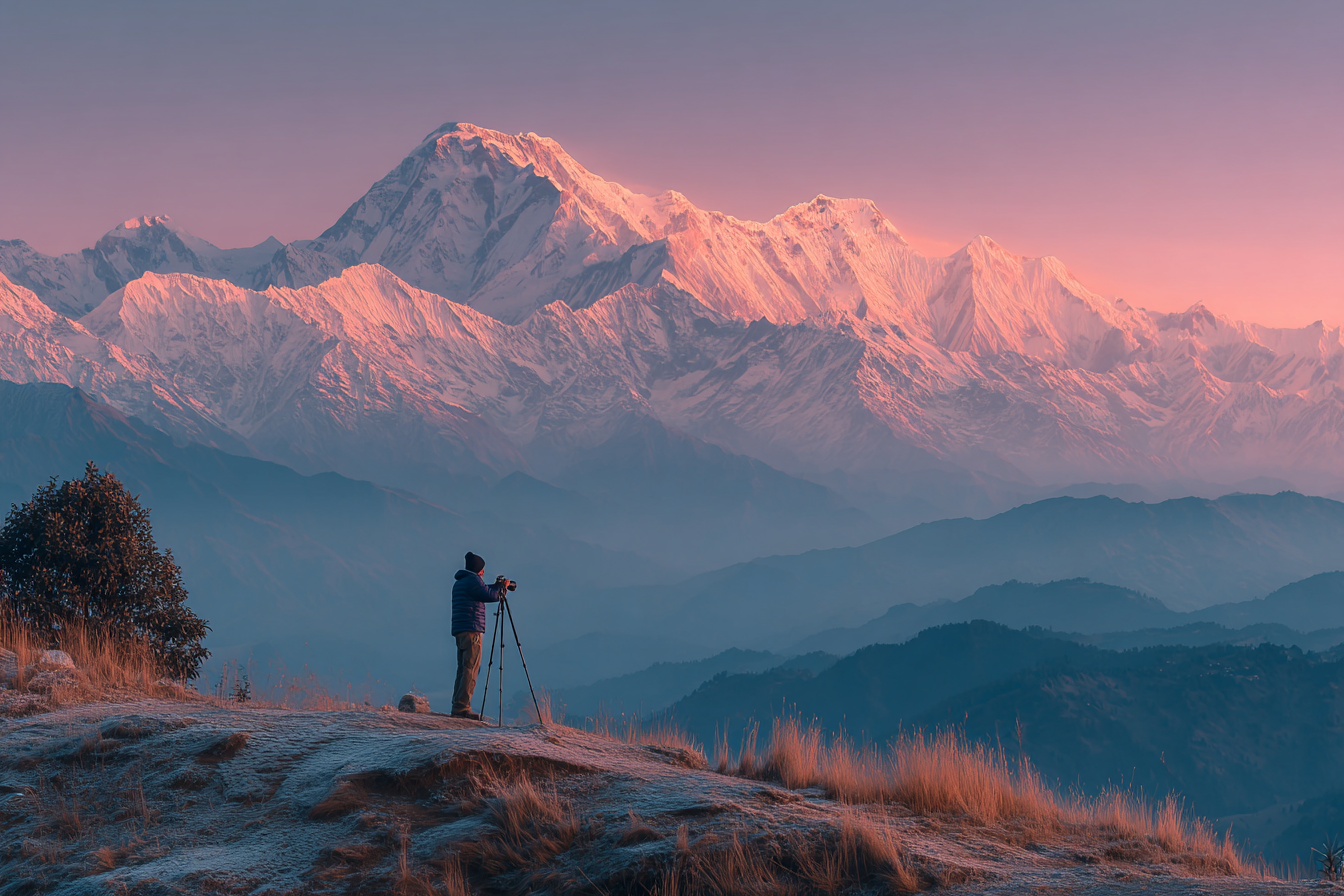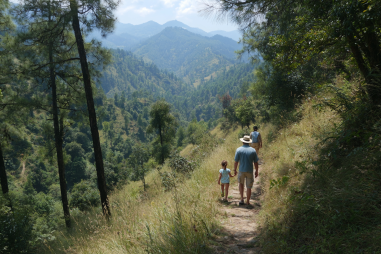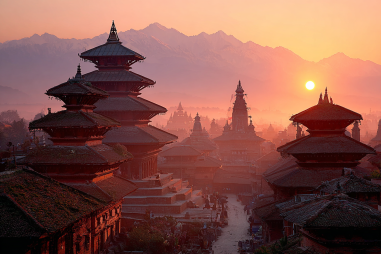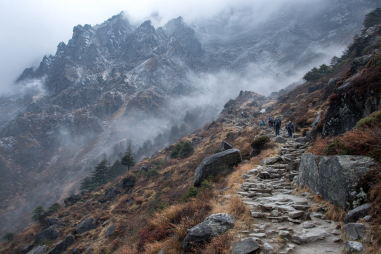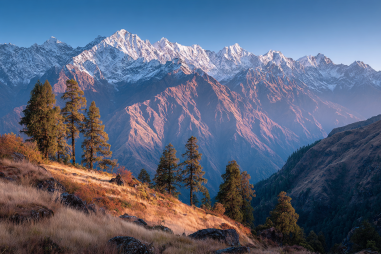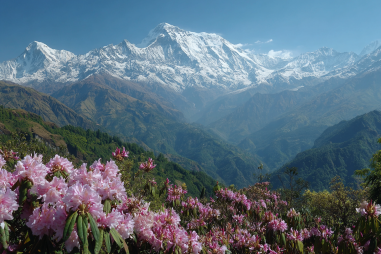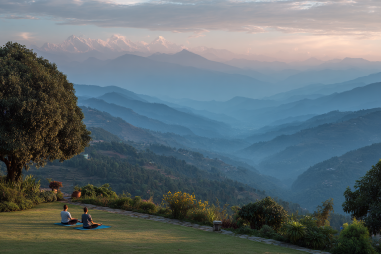The Annapurna Base Camp trek is one of the most spectacular journeys for photographers and nature lovers alike. Nestled in the heart of the Himalayas, this trek offers breathtaking mountain vistas, vibrant local culture, and unforgettable moments waiting to be captured. If you’re planning to bring your camera gear along, you’ll want to maximize your photo opportunities and come home with stunning images. Here are some expert Annapurna Base Camp photography tips to help you make the most of every frame during your trek.
Best Times of Day for Photography
Lighting is everything in photography, and the Himalayan landscape is no exception. The soft, golden hours just after sunrise and just before sunset provide the best natural light to illuminate the towering peaks and valleys around Annapurna Base Camp. Early mornings are especially magical, when the golden light paints the snow-capped mountains and the skies have that clear, vibrant blue. During these times, shadows are longer, and the low-angle sunlight adds depth and texture to the scenery, making your landscape shots truly pop.
Midday light can often be harsh with strong contrasts and washed-out colors, so it’s best to save your productive shooting for dawn and dusk. However, midmorning and late afternoon, when the light is softer but the sun is still high, can also be excellent for capturing the rich colors and lively activity along the trails and in villages.
Ideal Spots Along the Trail
The Annapurna Base Camp trek covers a variety of scenic locales that are prime for photography. Some of the best spots to pause and shoot include:
- Chomrong Village: A hub of local life with terraced fields and mountain backdrops providing a glimpse of everyday Himalayan culture.
- Deurali: Great for panoramic views of Annapurna South and Hiunchuli, especially at sunrise.
- Machapuchare Base Camp: Located just off the main trail, this spot offers close-up views of the iconic “Fish Tail” peak.
- Annapurna Base Camp itself: The destination offers a 360-degree view of towering Himalayan giants, including Annapurna I, Nilgiri, and Machapuchare.
Along these spots, take your time to explore different angles, foreground elements like prayer flags or wildflowers, and use natural frames such as tree branches to add depth to your images.
Equipment Recommendations for Trekking Photographers
Lightweight and versatile gear is essential when trekking to Annapurna Base Camp, where every extra gram can make a difference. Consider the following equipment:
- Camera Body: A durable mirrorless or DSLR camera with good battery life and weather sealing is ideal.
- Lenses: A wide-angle lens (14–24mm or 16–35mm) for sweeping landscapes, and a mid-range zoom (24–70mm or 24–105mm) for versatility. A telephoto zoom (70–200mm) can help capture distant peaks and candid moments.
- Tripod: A lightweight, compact tripod stabilizes your camera for low-light and long-exposure shots at dawn or dusk.
- Filters: A polarizing filter reduces glare and enhances sky blues, while a neutral density filter allows for creative long exposures.
- Extra Batteries and Memory Cards: Cold conditions can drain batteries faster. Carry spares and multiple memory cards to avoid missing shots.
Don’t forget a protective camera bag that’s easy to carry and weather resistant. Also, bring a microfiber cloth to keep lenses clean from dust and moisture.
Techniques for Mountain and Landscape Shots
Capturing the grandeur of the Himalayas requires some thoughtful shooting techniques. Here are key pointers to enhance your mountain and landscape photography:
- Use a Small Aperture: Set your aperture between f/8 and f/16 to keep foreground and background elements sharp throughout your frame.
- Include Foreground Interest: Incorporate rocks, flowers, or prayer flags to add scale and depth, making your photos more engaging.
- Leading Lines: Trails, rivers, or ridgeline contours can lead the viewer’s eye into the scene, creating a more dynamic composition.
- Bracket Your Exposures: The contrast between bright snow and shadowy valleys can be challenging. Take multiple exposures to blend later for HDR effects.
- Use Manual Focus: When autofocus struggles with low-contrast mountain scenes or low light, manual focus ensures crisp shots.
Capturing Local Culture Safely and Respectfully
Annapurna Base Camp trekking also offers unique opportunities to photograph the friendly local Gurung and Magar communities. Here are some tips to respect their culture and privacy:
- Ask Permission First: Always request permission before photographing people, especially during religious or private moments.
- Be Polite and Patient: Smile and communicate your intent. Many locals enjoy sharing their traditions when approached respectfully.
- Capture Daily Life: Images of farmers working terraces, children playing, or villagers at market can tell powerful stories.
- Respect Sacred Sites: Avoid using flash or intrusive angles inside monasteries or temples, and observe local customs.
Building trust will often lead to more intimate and authentic photographs as locals warm to your presence.
Managing Weather and Lighting Challenges
The weather in the Annapurna region can be unpredictable, with sudden clouds, rain, or snow adding drama to your shots but also posing challenges.
- Be Prepared: Carry rain covers for your camera and lens, and consider silicone lens hoods to prevent water spots.
- Adapt Quickly: Sometimes the best shots come from changing conditions such as mist rolling over peaks or sunlight breaking through clouds.
- Use Exposure Compensation: Snow can fool your camera’s metering system, causing underexposed images. Adjust exposure to +1 or +2 stops when necessary.
- Protect Yourself: Cold weather can make fingers numb. Use thin gloves suitable for photography that allow dexterity.
Editing Tips for Himalayan Photos
After returning from the trek, careful editing can elevate your photos from great to extraordinary. Consider these tips:
- Enhance Contrast and Clarity: Mountains benefit from enhanced clarity to emphasize textures.
- Adjust White Balance: Warm or cool tones can dramatically affect the mood of Himalayan landscapes. Experiment to find the look you prefer.
- Reduce Highlights and Recover Shadows: Fine-tune exposure on bright snow and dark valley areas to balance details.
- Crop for Impact: Crop your images to improve composition, removing distractions, and focusing on the subject.
- Sharpening: Apply subtle sharpening, especially to foreground elements, but avoid overdoing it to keep natural looks.
Storing and Backing Up Photos on the Trail
Safe storage of your photos during a multi-day trek is essential to avoid heartbreaking losses. Here’s how to protect your work:
- Multiple Memory Cards: Swap cards regularly and keep used cards in a separate, safe pouch to minimize risk.
- Portable Backup Devices: Consider bringing a portable SSD or a rugged external hard drive to back up images daily.
- Cloud Backup: If you have internet access in towns like Pokhara, upload important photos to cloud services for remote storage.
- Battery Management: Charge devices whenever possible and conserve battery life by switching off unnecessary functions.
Taking the time to protect your images ensures you’ll return home with treasured memories intact.
Creating Lasting Visual Memories
Photographing Annapurna Base Camp is about more than just capturing beautiful images—it’s about embracing a remarkable journey through some of the world’s most awe-inspiring landscapes and cultures. By choosing the right times to shoot, scouting ideal locations, using appropriate gear, and employing thoughtful techniques, you can create a visual story that reflects the magic of the Himalayas. Respecting local people and adapting to the ever-changing mountain conditions will enrich your experience both as a traveler and a photographer.
Remember, every amazing photo starts with patience and open eyes. Embrace the unpredictability of the trek and let your lens reveal the stunning grandeur and spirit of Annapurna Base Camp. With these photography tips in hand, you’re ready to capture moments that will stay with you forever, bringing the Himalayas to life long after you’ve returned home.

